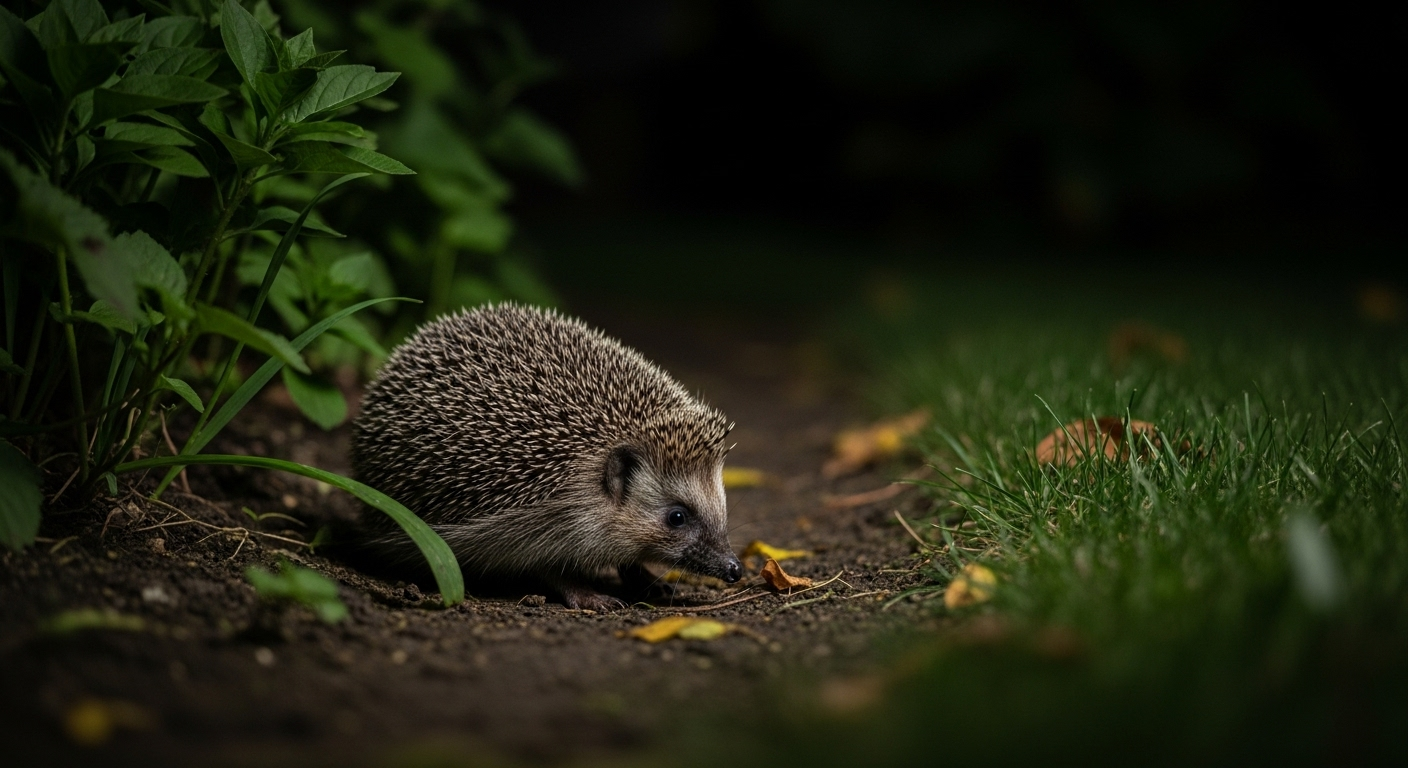Hedgehog Highways: Urban Conservation for Prickly Wanderers
Introduction: In the realm of urban wildlife conservation, an innovative concept is gaining traction across the UK: hedgehog highways. These small, interconnected passages are transforming gardens and neighbourhoods into safe havens for one of Britain's most beloved mammals. As hedgehog populations dwindle, these miniature corridors offer a glimmer of hope for their survival in our increasingly urbanised world.

The Birth of Hedgehog Highways
The concept of hedgehog highways emerged from a simple observation: hedgehogs need to roam. These small mammals can travel up to two kilometres each night in search of food and mates. However, modern urban landscapes, with their neatly fenced gardens and manicured lawns, have created a maze of obstacles for these wandering creatures.
Recognising this challenge, wildlife conservationists and passionate gardeners began advocating for the creation of small openings in garden fences. These 13x13 centimetre holes, just large enough for a hedgehog to pass through, allow the animals to move freely between gardens while maintaining privacy for homeowners.
A Community Effort
What started as isolated initiatives has grown into a nationwide movement. Local wildlife trusts, conservation groups, and even housing developers are now incorporating hedgehog highways into their plans. In some areas, entire neighbourhoods have joined forces to create interconnected networks of hedgehog-friendly passages.
The success of these initiatives relies heavily on community engagement. Neighbours are encouraged to work together, creating a continuous pathway for hedgehogs to traverse entire blocks or streets. This collaborative approach not only benefits the hedgehogs but also fosters a sense of community and shared responsibility for local wildlife.
The Impact on Hedgehog Populations
While it’s still early to quantify the long-term impact of hedgehog highways, anecdotal evidence and preliminary studies suggest a positive trend. Gardens connected by these passages report increased hedgehog sightings and activity. More importantly, these corridors provide safe routes for hedgehogs to access food sources and potential mates, crucial factors for population growth.
Conservationists are optimistic about the potential of hedgehog highways to reverse the species’ decline. By reconnecting fragmented habitats, these simple passages address one of the key threats to hedgehog survival in urban areas. However, experts caution that highways alone are not a panacea; they must be part of a broader conservation strategy.
Beyond Highways: Comprehensive Hedgehog-Friendly Gardening
Hedgehog highways are just one aspect of creating wildlife-friendly urban spaces. Gardeners are encouraged to adopt a holistic approach to support these prickly visitors. This includes leaving areas of wild growth, creating log piles for shelter, and avoiding the use of harmful pesticides.
Water sources, such as shallow dishes or small ponds with sloping sides, are also crucial. Hedgehogs are excellent swimmers but can struggle to escape from steep-sided garden features. By providing safe access to water, gardeners can support hedgehogs during dry spells and hot summer months.
The Role of Technology in Hedgehog Conservation
As the hedgehog highway movement gains momentum, technology is playing an increasingly important role. Wildlife cameras and motion-sensitive night vision devices allow homeowners and researchers to monitor hedgehog activity without disturbing the animals. This data is invaluable for understanding hedgehog behaviour and assessing the effectiveness of conservation efforts.
Smartphone apps have also emerged as powerful tools for citizen science. Platforms like the Hedgehog Street app allow users to record hedgehog sightings, creating a comprehensive map of hedgehog activity across the UK. This data helps conservationists identify areas of concern and target their efforts more effectively.
The Future of Urban Wildlife Corridors
The success of hedgehog highways has sparked interest in similar initiatives for other urban wildlife. From bee-friendly corridors to butterfly pathways, the concept of creating interconnected habitats within urban areas is gaining traction. These efforts not only benefit individual species but contribute to overall biodiversity and ecosystem health in our cities and towns.
As urban development continues to encroach on natural habitats, innovative approaches like hedgehog highways offer a blueprint for coexistence. By making small changes to our urban landscapes, we can create spaces that nurture wildlife while enriching our own lives.
The hedgehog highway movement demonstrates the power of grassroots initiatives in wildlife conservation. It serves as a reminder that even in the heart of our cities, there’s room for nature to thrive. As more communities embrace this concept, we may yet see a resurgence of these beloved creatures in our gardens and green spaces, ensuring that future generations can enjoy the sight of a hedgehog snuffling through the undergrowth on a summer evening.




